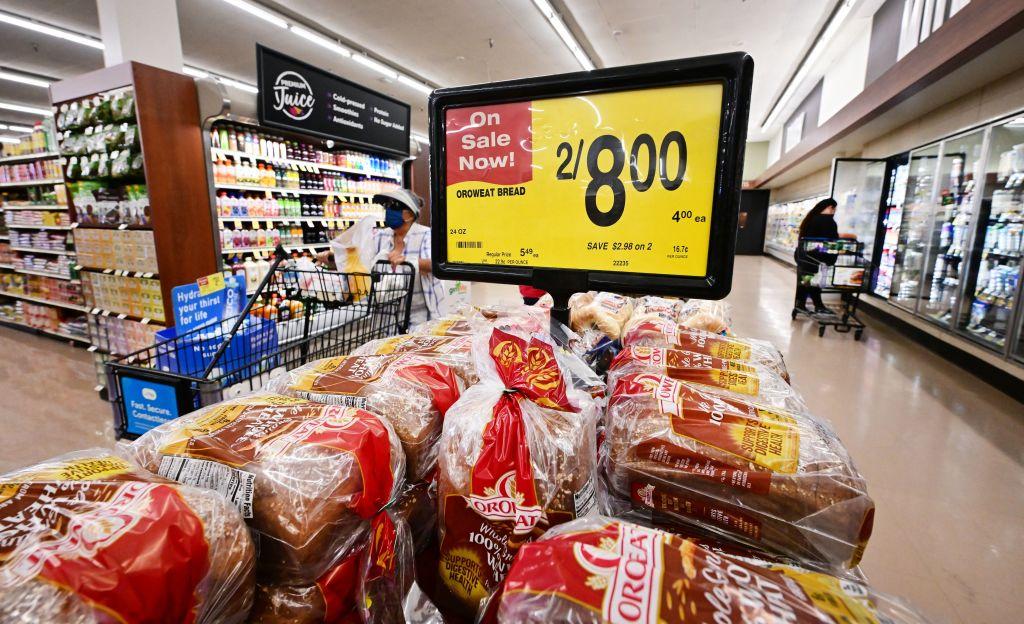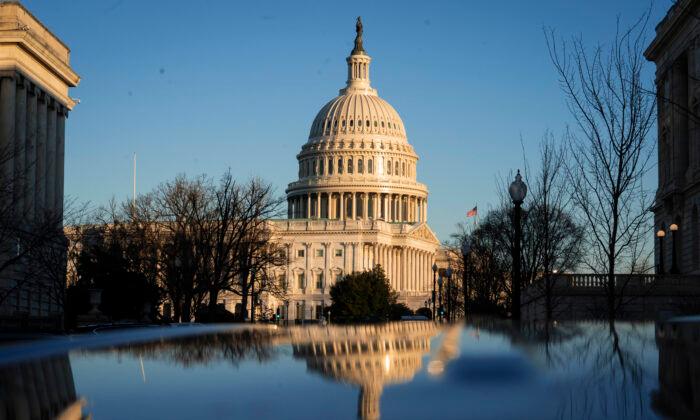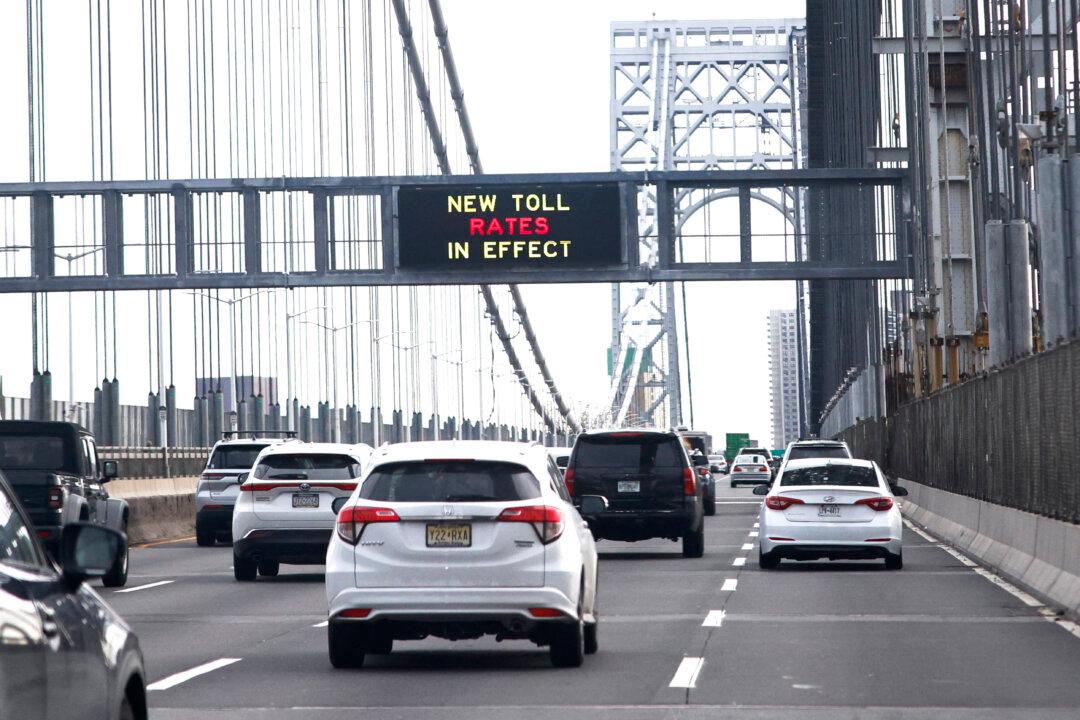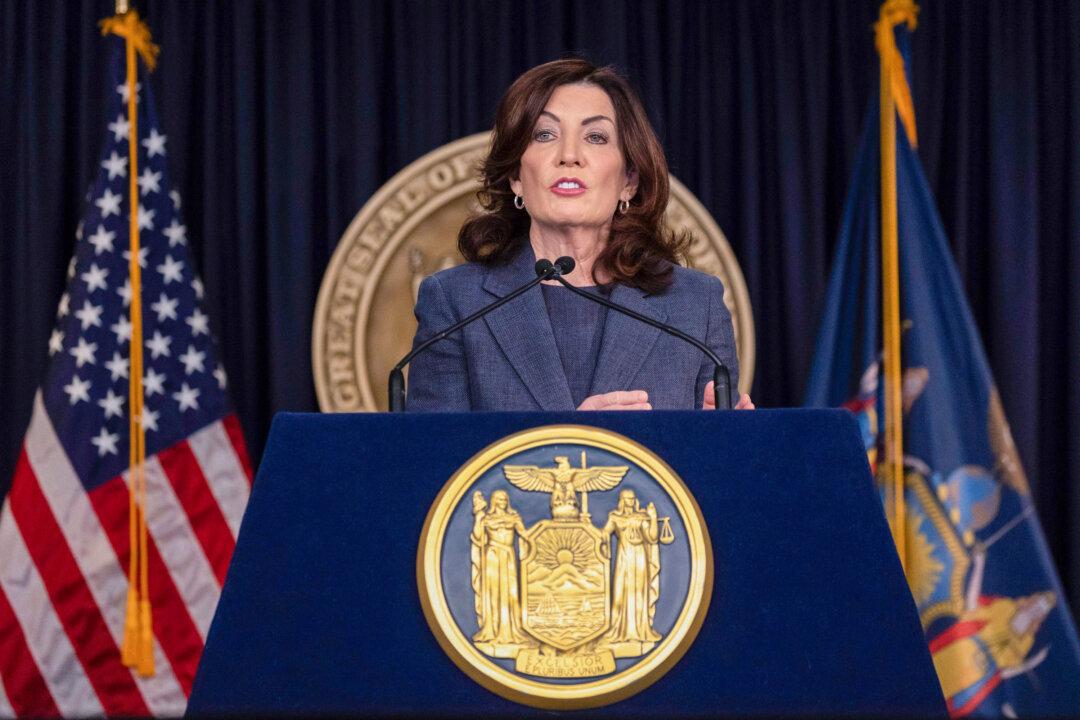Experts are debating whether the United States is likely to experience a recession. Even the more optimistic forecasts posit that, if a full-blown recession does not occur, a severe downturn will eventuate marked by sluggish growth and higher unemployment.
Top Concern
The negative forecasts come at a juncture when U.S. voters are especially concerned about economic prospects and acutely sensitive to bad news.“Among all policy areas, domestic issues continue to be cited most frequently as the public’s most pressing policy concerns ... Looking at specific domestic policies, economic issues are the public’s top priority. The biggest concern is the economy in general, with 31% mentioning it as a top priority, slightly more than in June,” the NORC Center’s report states.

Tellingly, the second most-cited concern, in the poll’s findings, namely inflation, is a subsidiary issue of the most-cited, economic concern. A smaller number of respondents, 27 percent, identified immigration as the issue that occupies them the most, while 16 percent cited crime and violence.
The authors of the report summarize their findings bluntly: “Economic issues dominate the public’s agenda for 2023.”
Meanwhile, the continued slow economic growth, a near anomaly in the broad American historical context, is exacerbated by massive government spending on various policies and programs.
That’s the view of Brian Domitrovic, a professor of economic history at Sam Houston State University in Texas. The period of slow economic growth in which the country now finds itself mired is reminiscent of the 1970s, a decade widely associated with stagnation, Domitrovic believes.
Power of the Purse
While there are clear parallels, what makes prospects for the coming year even more dismal is the extremely high rate of government spending, he said. Although this is not a new phenomenon, and spending was quite high even under the Republican presidency of George W. Bush back in 2001, the Biden administration’s fiscal profligacy is a game-changer and is not offset by the economic growth that acted as a partial brake on such huge spending in the past, Domitrovic argued.“When you look at the spending in the 1980s, it went up to 24 percent of GDP from the previous high of 19 percent. That was in the context of racing GDP growth beginning in 1983. We have slow growth now,” he said.

Fuel to the Fire
The massive spending envisioned in the NDAA is among several packages and programs of historical proportions, including notably the Consolidated Appropriations Act 2023 signed by President Joe Biden on Dec. 29, which channels $1.7 trillion in fiscal year 2023 to a host of spending programs.While some features of the economic landscape are familiar from past administrations, the Biden administration is engineering a set of fiscal circumstances virtually without precedent, Domitrovic believes.
“The change is spending. Unprecedented increases in government spending are certainly very recession-oriented. The function of such spending is to cause recessions, since government spending takes up resources that are in the economy,” he said.
Domitrovic sees a further negative factor in the corralling, through government contracts, of citizens who would otherwise be working in the private sector and contributing to GDP growth.
“You make government contracts to take people out and busy them with government work. That’s negative economically, and then you buy their stuff instead of the real market action of the private sector. It’s all dedicated to eliminating resources from the private economy and making those resources inert in real economic transactions. That’s what a recession is,” Domitrovic said.
“Capital interacts with labor to create production. But businesses are becoming more reluctant to commit to capital and labor, and you’re seeing these big layoffs at Amazon. Keep removing resources from the economy, that’s a great way to start a recession,” he added.
The Epoch Times has reached out to the White House for comment.







